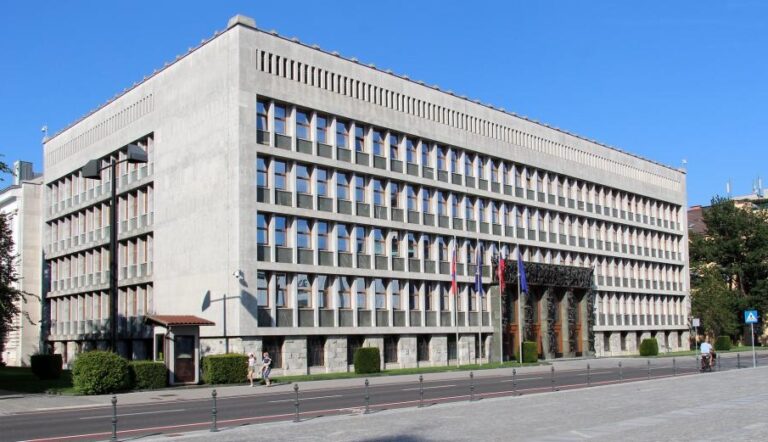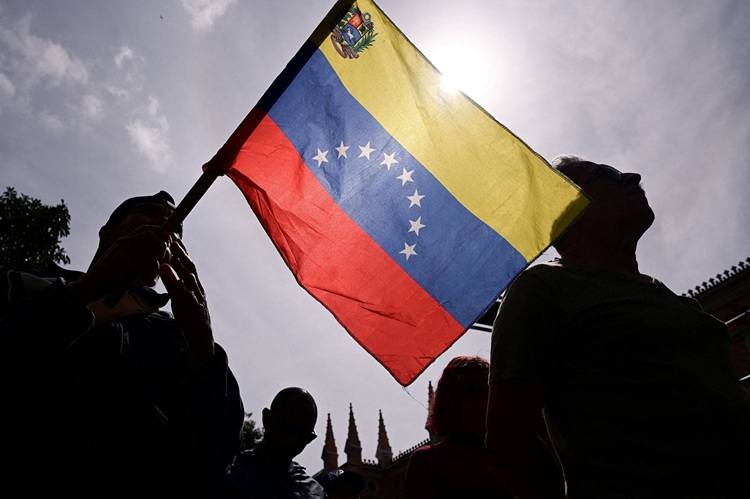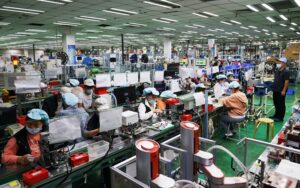Australia’s international student landscape has undergone significant changes over the past three decades. Malaysians, Singaporeans, and Hongkongers, who once dominated the student population, are no longer among the majority or even in the top 10 source countries for international students. Instead, mainland Chinese, Indian, and Nepali students now top the rankings, followed by students from the Philippines, Vietnam, and Colombia. This shift reflects a broader transformation in Australia’s international education industry, which has become the country’s fourth-largest export, worth around A$36 billion.
However, the industry’s growth has raised concerns about manipulation and fraud. Some students, education providers, and migrant agents have exploited the system, leading to issues such as the abuse of student visas for work purposes. The removal of a 20-hour weekly work cap for international students in 2022 has been cited as a key factor in these problems, with some students prioritizing work over studies or being misled into working for free in exchange for visa sponsorship.
The exploitation of the student visa system has also been linked to the trafficking of sex workers and the emergence of a “permanently temporary underclass.” The Parkinson Review, conducted by Canberra last year, highlighted systemic exploitation and called for regulatory interventions to address these issues.
Despite these challenges, Australia remains an attractive destination for international students, particularly from countries like Nepal, India, the Philippines, and Colombia, where economic opportunities may be limited. The country’s high-quality education system and various employment prospects after graduation continue to draw students from around the world. In response to the challenges, Canberra has introduced measures such as raising English language requirements and implementing a “genuine student test” to combat abuse of the system.
(Source: SCMP | Voice of America)









